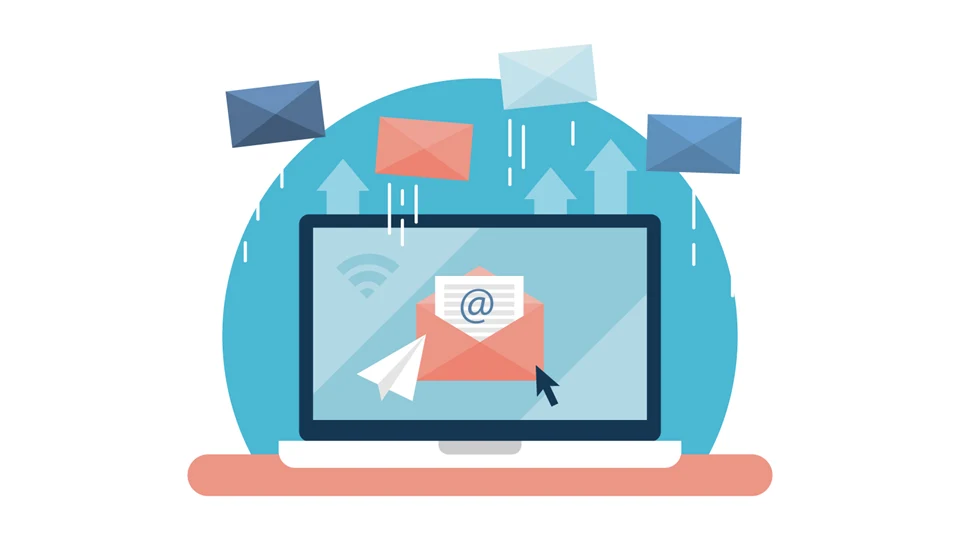Effective Mail and Calendar in Outlook
Effective use of Outlook can make a big difference in your workday. With the right tips, you'll save time, organize communication better, and keep your calendar in check. Here are the top 10 tips for optimizing email and calendar, whether you're a beginner or an experienced user.
Effective Mail and Calendar in Outlook
10 Tips for Effective Email and Calendar Management in Outlook
1) Turn off notifications for better focus
Turn off notifications and sounds to focus better on your task if you receive many emails or get easily distracted by incoming email alerts.
2) Create folders for better control and quicker access
Create specific folders for different projects, topics, or departments to gain better control over your inbox and quickly find relevant messages.
Get started with your folder structure in Outlook
3) Create rules to keep your inbox organized and relevant
Reduce unnecessary “noise,” such as newsletters in your inbox, and ensure that the most important items rise to the surface. You can do this by creating rules that automatically move messages to the right folders based on specified criteria. With the right rules, only the messages you need to read will reach your inbox.
Here's how to set up rules in Outlook
4) Use color categories to organize and follow up
Create and assign color categories in Outlook to easily identify and group related items, such as notes, contacts, meetings, and emails for better follow-up. You can assign color categories to both emails and calendar events.
Create and assign color categories to emails
5) Simplify workflows with Quick Steps
Use Quick Steps if you want to apply multiple actions to an email at once. For example, if you want to pin an email and mark it as unread, a Quick Step makes it easier with one click.
6) Optimize communication with a shared mailbox
A shared mailbox makes it easier for a group to collaborate and manage email from a common alias, like info@contoso.com. When someone in the group replies to a message, it appears as if it comes from the shared mailbox, not an individual user.
In classic Outlook, you can also use the shared mailbox to manage a group calendar. It’s also a great option for handling "noreply" email addresses. A practical feature for simplifying communication and streamlining collaboration!
Create and use a shared mailbox
7) Communicate clearly and effectively via email
To ensure your emails are professional and effective, start by reviewing your message before sending it.
Use a clear and action-oriented subject line that helps the recipient quickly understand the purpose, such as “Action Required” or “FYI:”.
Keep messages short and structured by organizing the content from most to least important. Use bold text to highlight key information. Actions or questions should be placed on separate lines to stand out clearly.
When asking a question, mention the recipient’s name to give a personal and direct tone, such as “@Marie: What is the status of the project?”
Make sure you send the message only to those who really need to read it. Put those who need to respond in the "To" field and inform others via "Cc."
For more complex issues, consider calling or holding a meeting to resolve the matter.
8) Manage expectations with out-of-office messages in Outlook
Use auto-replies (out-of-office messages) in Outlook to effectively communicate that you are busy or unavailable to respond directly to emails. This helps both you and your colleagues manage expectations and avoid unnecessary follow-ups.
9) Shared calendar: The key to smoother collaboration
Share your calendar with relevant colleagues to facilitate planning of joint activities or meetings.
Share your calendar with others
10) Book meetings smarter with the scheduling assistant
Use the scheduling assistant to book meetings. A bonus tip: You can also adjust the meeting duration as a general setting to shorten meetings and give participants extra “breathing room” between meetings.
Here's how to use Outlook's scheduling assistant
